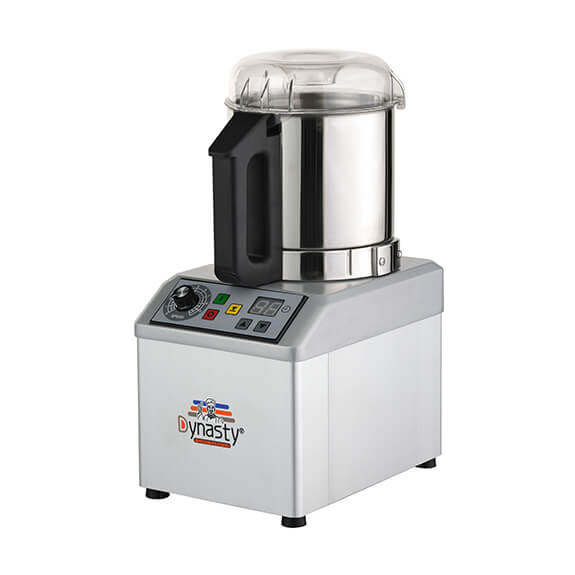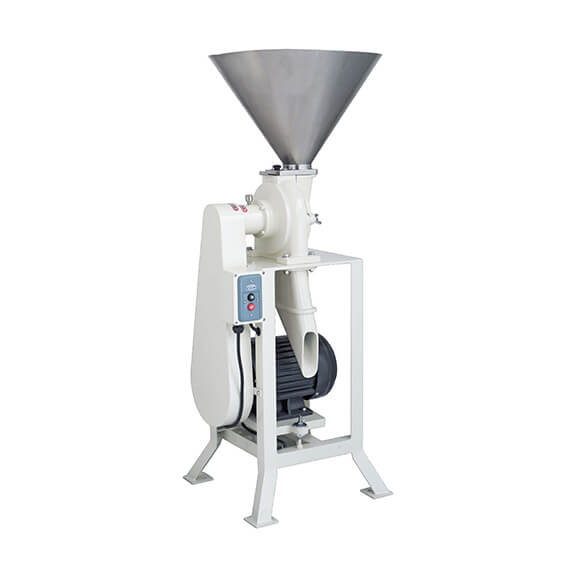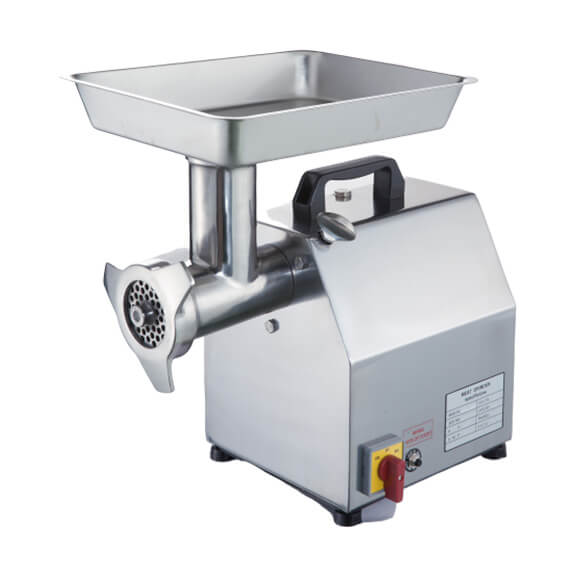Ingredient Processing
Food processing refers to the process of transforming raw materials into consumable products. The purpose of food processing is to change the characteristics of food such as texture, taste, color, shelf life, etc. in order to meet consumer needs and health requirements.
The steps involved in food processing include the following:
- Raw material processing: This includes selecting, cleaning, peeling, seeding, slicing, chopping, etc.
- Processing: Raw materials are processed using cooking, baking, steaming, smoking, frying, freezing, dehydration, etc.
- Additives: Additives are substances used to change food characteristics, extend shelf life, enhance nutrition, improve taste, etc. Examples of additives include colorants, flavorings, preservatives, flavor enhancers, vitamins, etc.
- Packaging: Processed food is packed in packaging material to protect it from external environmental factors, extend shelf life, and facilitate storage and transportation.
During food processing, food hygiene and safety must be taken into consideration. The processing environment must be kept hygienic to prevent contamination of food by bacteria, viruses, dust, etc. Additionally, the quantity and type of food additives used must be monitored to avoid harm to consumers' health.
Total
3



